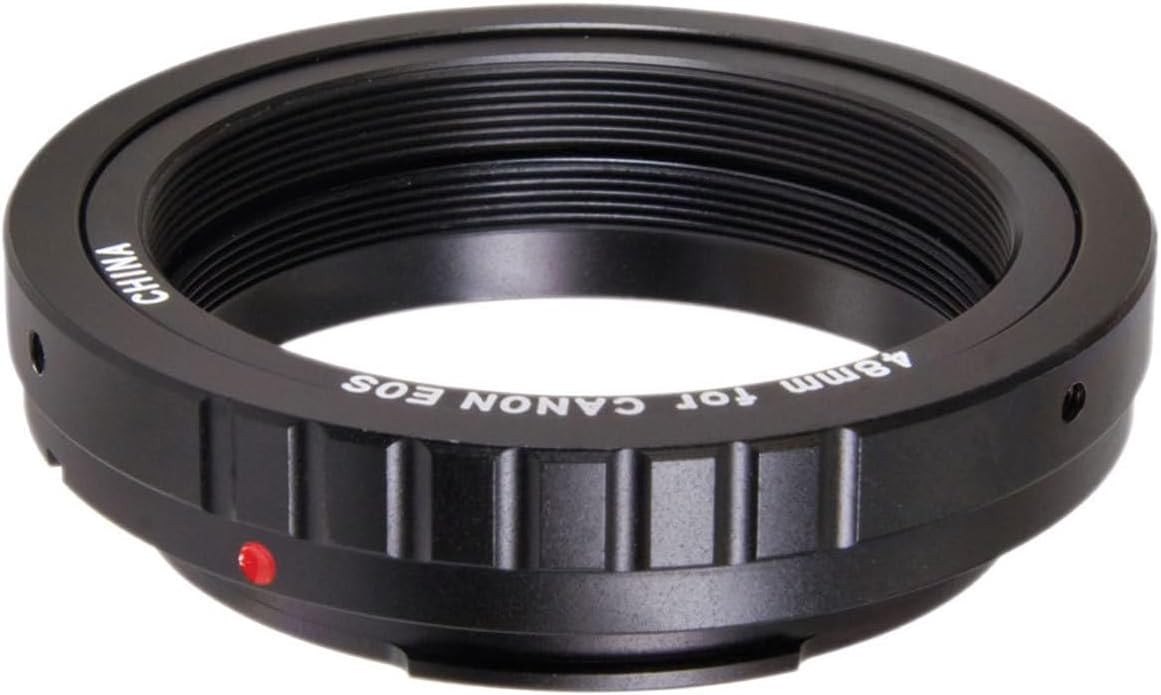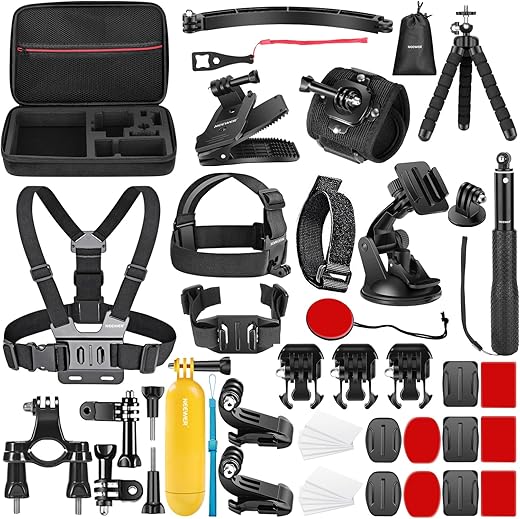
How to Select Sunglasses with UV Protection for Kids
This step-by-step guide provides easy-to-follow steps for parents to select sunglasses with UV protection for their kids. It emphasizes the importance of protecting their eyes from harmful UV rays, particularly when engaging in outdoor activities.
Top Picks for Kids’ Sunglasses



Understand the importance of UV protection
Step 1: Learn about the harmful effects of UV rays on children’s eyes
UV rays can be harmful not only to our skin but also to our eyes. When exposed to excessive amounts of UV radiation, especially during childhood, the risk of developing various eye conditions increases. These conditions include cataracts (clouding of the lens), macular degeneration (damage to the retina), and photokeratitis (sunburn of the eye). It is crucial for parents and caregivers to understand these potential risks and take appropriate measures to protect their children’s eyes.
Step 2: Choose sunglasses with adequate UV protection
When selecting sunglasses for children, make sure to look for those that offer 100% UV protection. Not all sunglasses provide the same level of protection, so it is essential to check the label or packaging for this information. UV protection is crucial because it blocks harmful UVA and UVB rays from reaching the eyes. Without proper protection, the eyes can be exposed to long-term damage. So, be diligent in choosing sunglasses that provide adequate UV protection for your child.
By understanding the harmful effects of UV rays on children’s eyes and selecting sunglasses with the right level of UV protection, you can help safeguard your child’s vision and reduce the risk of eye-related problems in the future. Remember, prevention is key when it comes to protecting young eyes from the harmful effects of UV radiation.



Check for 100% UV protection
Look for sunglasses that offer 100% UV protection to ensure your child’s eyes are safe from harmful UVA and UVB rays. Start by checking the label or product description for sunglasses that state they provide full protection against UV rays. Inspect the lenses closely; they should be labeled as UV400 or mention 100% UV protection. Avoid sunglasses that only offer “cosmetic” or “fashion” protection as they may not safeguard against UV rays. Remember, protecting your child’s eyes is essential, so always choose sunglasses with 100% UV protection for maximum safety.
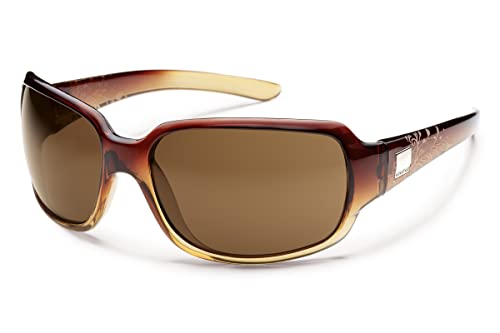
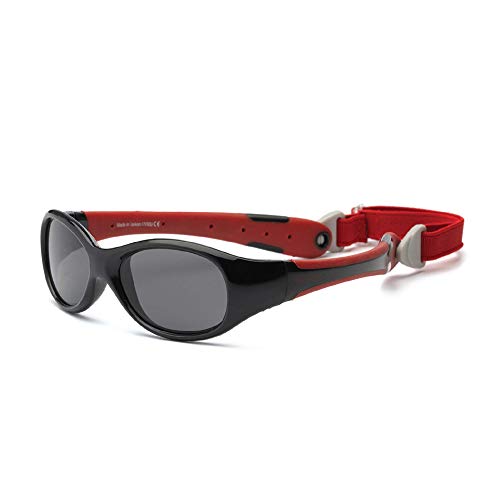

Look for a wraparound style
- Start by looking for sunglasses that specifically mention a “wraparound” or “full coverage” style. This means that the lenses curve around the sides of the face, offering protection from harmful UV rays that can enter from the sides.
- Check for sunglasses that have a tight fit around the temples and the sides of the face. This will prevent any gaps where UV rays can sneak in, ensuring that your eyes are shielded from all angles.
- Look for sunglasses with polarized lenses. Polarization helps reduce glare, especially when you’re outside in bright sunlight or by water. This feature can enhance your visual comfort by reducing the strain on your eyes.
- Ensure that the sunglasses provide 100% UV protection. It’s important to protect your eyes from both UVA and UVB rays, as prolonged exposure can lead to eye damage, including cataracts and macular degeneration.
- Consider trying on different wraparound styles to find the perfect fit for your face shape and size. Sunglasses should feel comfortable and not put pressure on the bridge of your nose or behind your ears.
- Keep in mind that sunglasses with a wraparound style are not limited to a particular design or shape. You can find various options, from sporty to fashionable, that provide maximum coverage and protection.
Remember, when it comes to sunglasses, don’t compromise on your eye health. Look for a wraparound style that offers maximum coverage and complete protection from harmful UV rays.
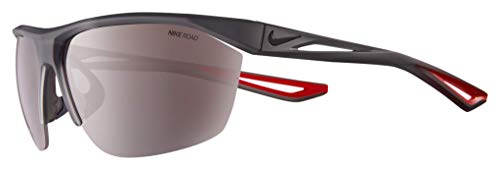

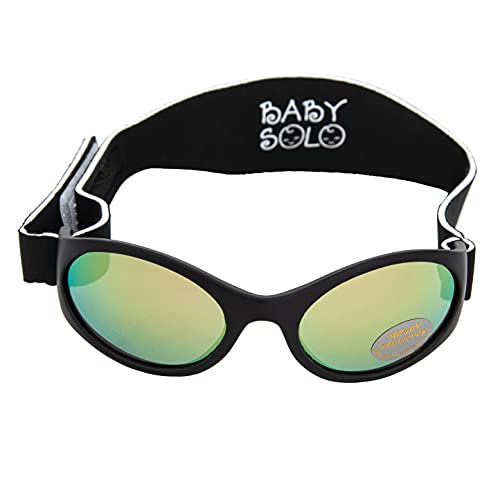
Consider the lens material
Consider the lens material when choosing sunglasses. Opt for lenses made from polycarbonate or Trivex material. These materials are impact-resistant and provide excellent UV protection. To ensure the best protection for your eyes, follow these steps:
- Check the label or ask the retailer about the lens material. Look for sunglasses that specifically mention polycarbonate or Trivex.
- If you’re shopping online, read the product description carefully to find information about the lens material. Reputable websites should provide this important detail.
- When trying on sunglasses in-store, ask the salesperson about the lens material if it’s not clearly indicated. Don’t be afraid to inquire and make an informed decision.
- Keep in mind that polycarbonate and Trivex lenses offer similar benefits, so choose the one that suits your preferences and fits your budget.
By selecting sunglasses with polycarbonate or Trivex lenses, you can enjoy impact-resistant eyewear that shields your eyes from harmful UV rays.
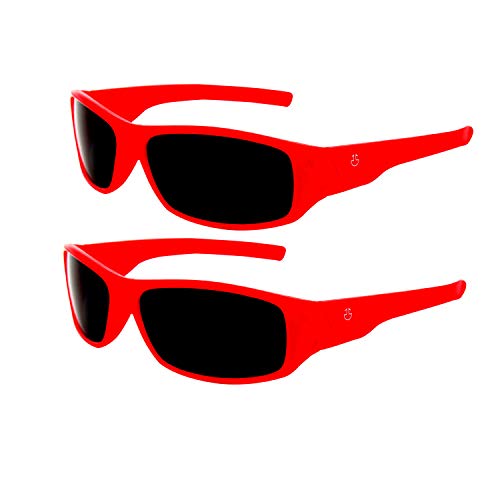


Ensure a good fit
To ensure a good fit for your child’s sunglasses, start by examining the frame. Opt for sunglasses with adjustable features such as a flexible frame or adjustable nose pads. These features will allow you to customize the fit according to your child’s face shape and size. Check if the frame is too tight or loose by gently placing the sunglasses on your child’s face. Ensure that the sunglasses sit comfortably on their nose without sliding down. If you notice any discomfort or a lack of stability, make the necessary adjustments. By choosing sunglasses with a proper fit, you can provide your child with both comfort and safety.



Let your child choose the design
Allow your child to pick sunglasses with a design or color they like. By giving them the freedom to choose their own sunglasses, you are empowering them and making them feel involved in the decision-making process. This not only allows them to express their personal style, but it also helps them develop a sense of ownership over their sunglasses. Encourage them to explore different designs and colors, whether they prefer vibrant patterns, bold shapes, or their favorite cartoon characters. By wearing sunglasses that they genuinely like, your child will be more motivated to put them on regularly and protect their eyes from harmful UV rays. So, next time you go shopping for sunglasses, let your child’s creativity and preferences guide your decision-making process.
Protecting Young Eyes
In conclusion, prioritizing UV protection when selecting sunglasses for your kids is crucial for their eye health. By taking the necessary steps outlined in this blog post, you can ensure that their eyes are shielded from harmful UV rays. So, make an informed choice and provide your children with the protection they need.
Essential Equipment


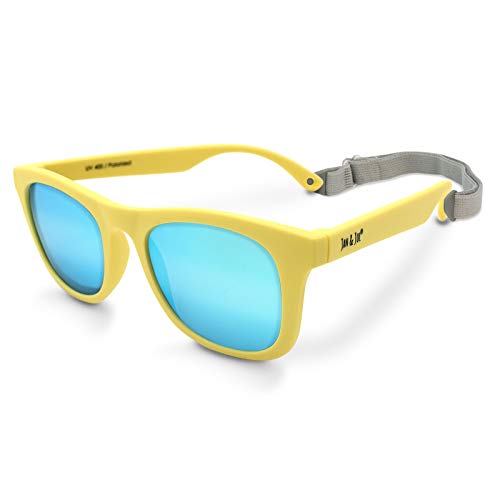
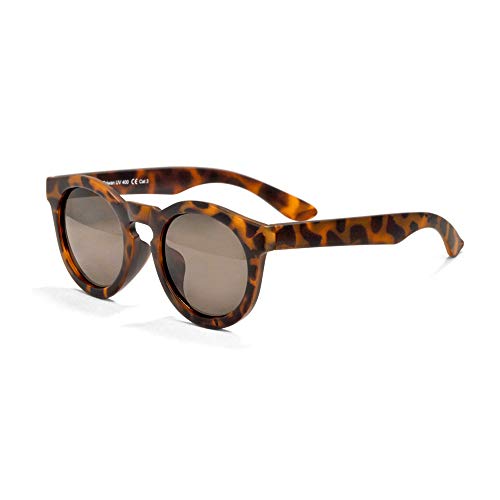

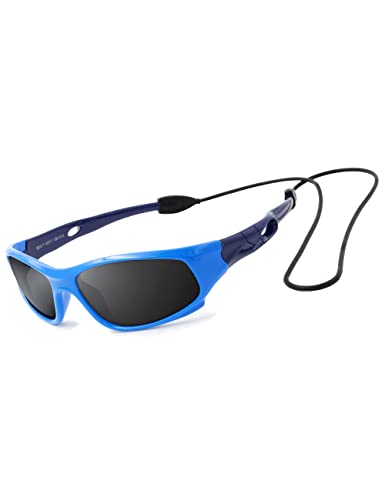
Safety First
Debunking the Top 3 Sunglass Myths: The Truth About Sunglasses and UV Protection
Simple Steps to Help Kids Enjoy and Properly Use Sunglasses
- Choose sunglasses that are specifically designed for kids, ensuring they are the right size and fit comfortably on their face
- Teach your child the importance of wearing sunglasses, explaining how they protect their eyes from harmful UV rays and reduce the risk of eye damage
- Encourage your child to wear sunglasses outdoors, especially during sunny days or when engaging in activities like swimming, hiking, or playing sports
- Help your child take care of their sunglasses by cleaning them regularly with a soft cloth and storing them in a protective case when not in use
- Set a good example by wearing sunglasses yourself, showing your child that protecting your eyes is essential for everyone
Frequently Asked Questions about Kids’ Sunglasses
Are there any disadvantages or limitations to consider with kids’ sunglasses?
Yes, there are a few disadvantages and limitations to consider with kids’ sunglasses.
Firstly, not all kids may be willing to wear sunglasses, especially younger children who may find them uncomfortable or bothersome. It may take some time and effort to convince them to wear sunglasses consistently, which could limit their protection against harmful UV rays.
Secondly, there is a risk of losing or damaging kids’ sunglasses, as children tend to be more active and less careful with their belongings. This can result in frequent replacements and additional costs.
Thirdly, the quality of kids’ sunglasses may vary, and some cheaper options may not provide sufficient UV protection or may distort the child’s vision. It is important to choose sunglasses with proper UV protection and ensure they fit well and are comfortable for the child.
Lastly, kids’ sunglasses may not be suitable for all outdoor activities. In certain sports or games, such as contact sports or swimming, sunglasses may not be practical or safe to wear.
Overall, while kids’ sunglasses offer protection against UV rays and glare, there are some limitations and factors to consider in order to ensure their effectiveness and suitability for the child.
Are kids’ sunglasses typically UV protected?
Yes, kids’ sunglasses are typically UV protected. UV protection is an important feature in sunglasses as it helps shield the eyes from harmful ultraviolet (UV) rays emitted by the sun. This protection is especially crucial for children, considering that their eyes are more susceptible to damage from UV exposure than adults’ eyes. Kids’ sunglasses, just like adult sunglasses, are designed to block out both UVA and UVB rays. The UV protection in sunglasses is usually indicated by a label or a sticker on the lens, ensuring that parents can make an informed decision when purchasing sunglasses for their children.
How do I encourage my child to wear sunglasses consistently?
Encouraging a child to wear sunglasses consistently can be done using a few strategies:
- Set a good example: Make sure you wear sunglasses regularly when you’re outside, especially on sunny days. Children often imitate their parents, so seeing you wearing sunglasses will reinforce their importance.
- Explain the benefits: Teach your child about the importance of protecting their eyes from the sun’s harmful UV rays. Explain that wearing sunglasses can prevent eye damage, reduce the risk of developing cataracts or macular degeneration, and decrease sensitivity to bright light. Use age-appropriate language and visuals to help them understand.
- Involve them in the selection process: Take your child shopping for sunglasses and involve them in choosing a pair they like. Let them pick a style or color they find appealing, as this will increase the likelihood of them wanting to wear them regularly.
- Make it fun: Turn wearing sunglasses into a fun and enjoyable activity. Purchase sunglasses with their favorite cartoon characters or designs. Consider having a “sunglasses day” or create a reward system where they earn points or stickers for each day they wear their sunglasses consistently.
- Ensure comfort: Ensure that the sunglasses fit properly and are comfortable to wear. Poorly fitting sunglasses may irritate or hurt your child, making them less likely to wear them consistently. Look for sunglasses that offer proper UV protection and have adjustable features to fit their face comfortably.
- Create a routine: Incorporate wearing sunglasses into your child’s daily routine. Make it a habit to put them on before going outside, just like putting on sunscreen or a hat.
- Explain situational advantages: Emphasize the benefits of wearing sunglasses in various situations. For example, explain how they can improve visibility when playing sports or make outdoor activities more comfortable on a bright day.


